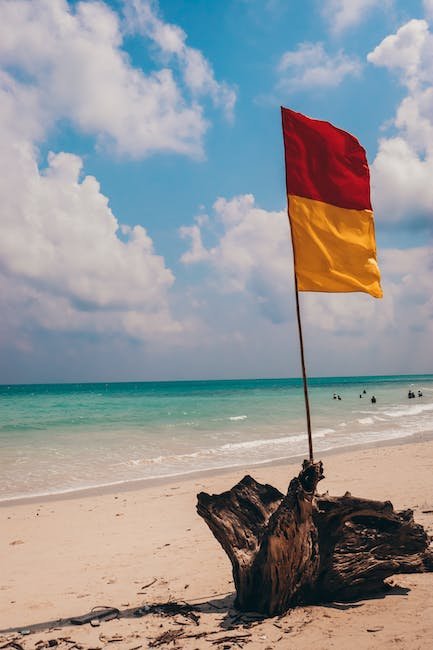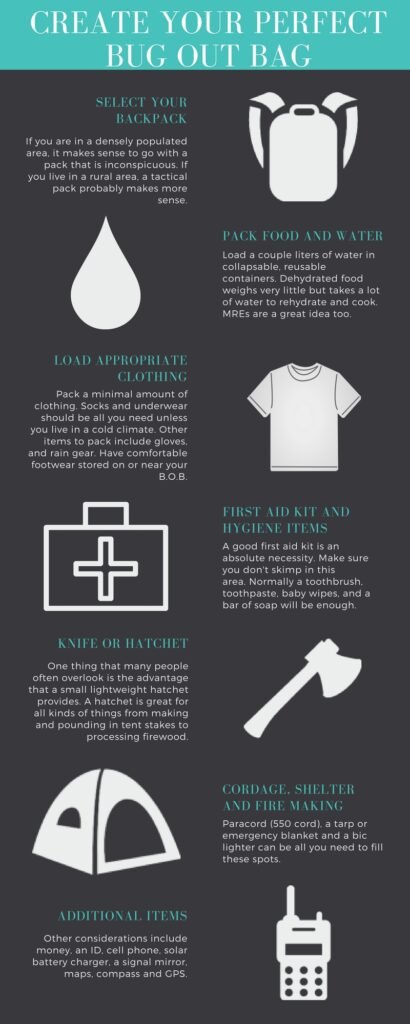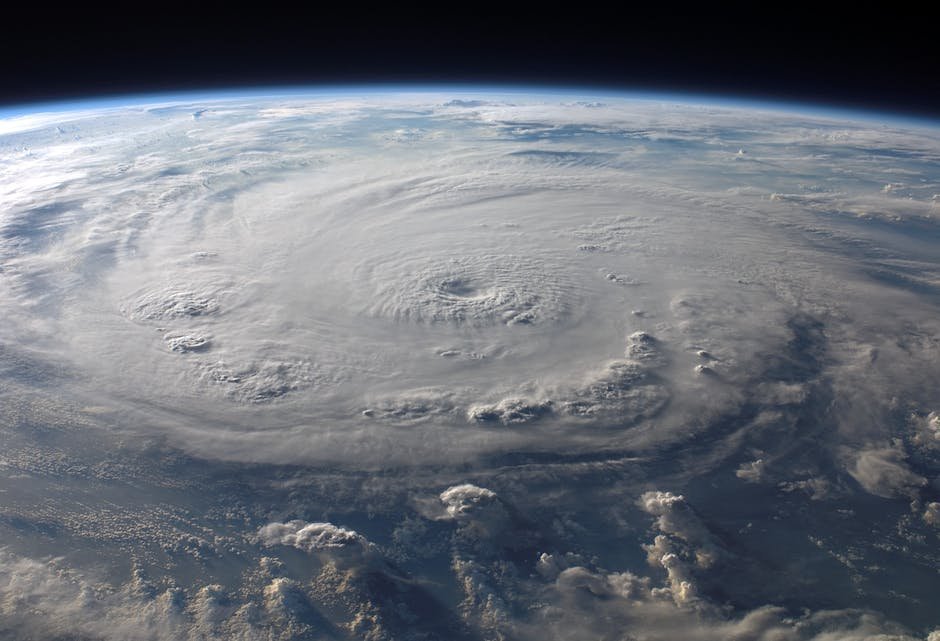Now Reading: How to Prepare for a Volcanic Eruption
-
01
How to Prepare for a Volcanic Eruption
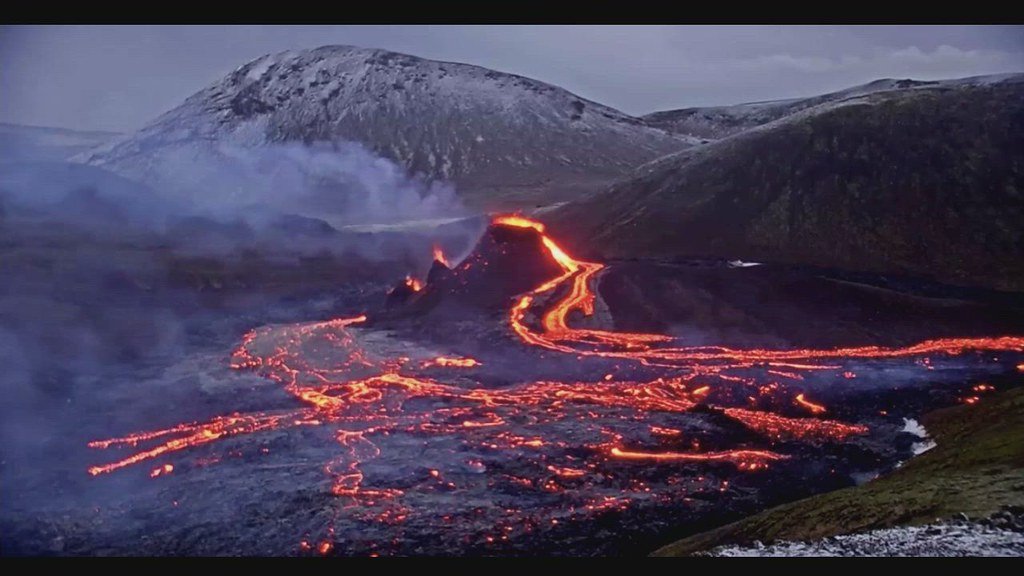
How to Prepare for a Volcanic Eruption
The ground quivers beneath your feet as plumes of ash billow into the sky, painting it in ominous shades of gray. The air crackles with an electric energy, sending shivers down your spine. In the distance, a towering volcano awakens from its slumber, its fiery breath ready to unleash chaos and destruction upon the land. With each tremor, the world around you seems to hold its breath, anticipating the violent dance of nature about to unfold. As mesmerizing as it may be, a volcanic eruption is no spectacle to be taken lightly. In the face of such an awe-inspiring force, being prepared can mean the difference between life and devastation. So, let us delve into the depths of volcanic readiness, discovering the steps to safeguard lives, protect belongings, and navigate the treacherous terrain of living in the shadow of an erupting mountain.
Table of Contents
- Preparing for the Unpredictable: Safeguarding Lives and Property Amidst Volcanic Eruptions
- Understanding the Potential Threat: Unveiling the Science and Impact of Volcanic Eruptions
- Strategizing Survival: Proactive Measures for Preparing for an Impending Volcanic Eruption
- Emergency Preparedness: Essential Guidelines for Creating a Volcano Eruption Response Plan
- Staying Safe amidst Chaos: Precautionary Measures for Individuals and Communities During a Volcanic Eruption
- Q&A
- The Conclusion
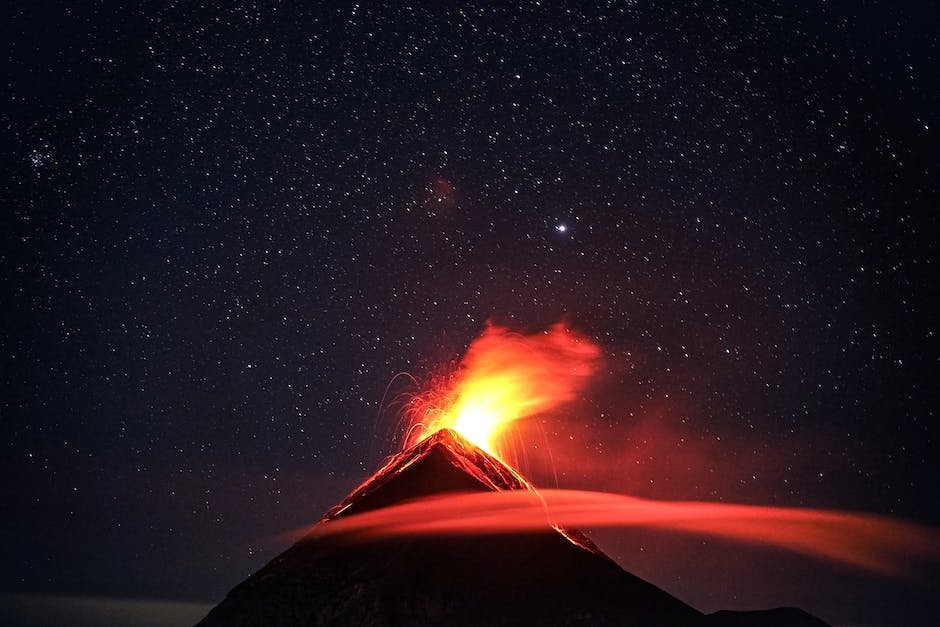
Preparing for the Unpredictable: Safeguarding Lives and Property Amidst Volcanic Eruptions
Volcanic eruptions are fiercely powerful natural phenomena that can have devastating consequences for both human lives and property. As we navigate the dynamic landscapes of our planet, it is crucial to understand the importance of preparedness in the face of these unpredictable events.
Stay informed: One cannot underestimate the significance of staying updated on volcanic activity. Monitoring local news, official bulletins, and geological surveys can provide essential information and early warnings. By establishing reliable communication channels, authorities can effectively disseminate evacuation instructions, critical safety measures, and potential hazards associated with volcanic eruptions.
Create an emergency plan: Developing a comprehensive emergency plan is paramount. Include evacuation routes, designated meeting points, and steps to secure your property. Involve your family, friends, and neighbors in the plan, ensuring everyone understands their roles and responsibilities. Additionally, keep an emergency kit ready with essentials like first-aid supplies, non-perishable food, water, flashlights, and battery-powered radios.
Protecting your property: Shielding your property from volcanic eruptions requires diligence and forethought. Install protective barriers such as ash fences, gutters, or screens to prevent volcanic ash from infiltrating your home. Safeguard windows with thick drapes or shutters to minimize potential damage caused by flying debris. Regularly maintain your roof to ensure it can withstand the weight of ashfall. It’s important to prioritize safety and consult with professionals to assess potential structural vulnerabilities.
Take care of your health: In the aftermath of volcanic eruptions, air quality can quickly deteriorate due to ash, gases, and toxins. Use respiratory masks or snugly fitted scarves to protect your airways. Stay indoors whenever possible and seal any gaps or cracks in windows and doors. If exposed to volcanic ash, avoid touching it with bare hands and cover as much skin as possible. Remember to prioritize your health and consult medical professionals if necessary.
Preparing for the unknown is a daunting task, but through vigilance, education, and proactive measures, we can mitigate the impact of volcanic eruptions on both our lives and our properties. Remember, when facing the unpredictable forces of nature, safeguarding ourselves and our communities is a responsibility we all share.
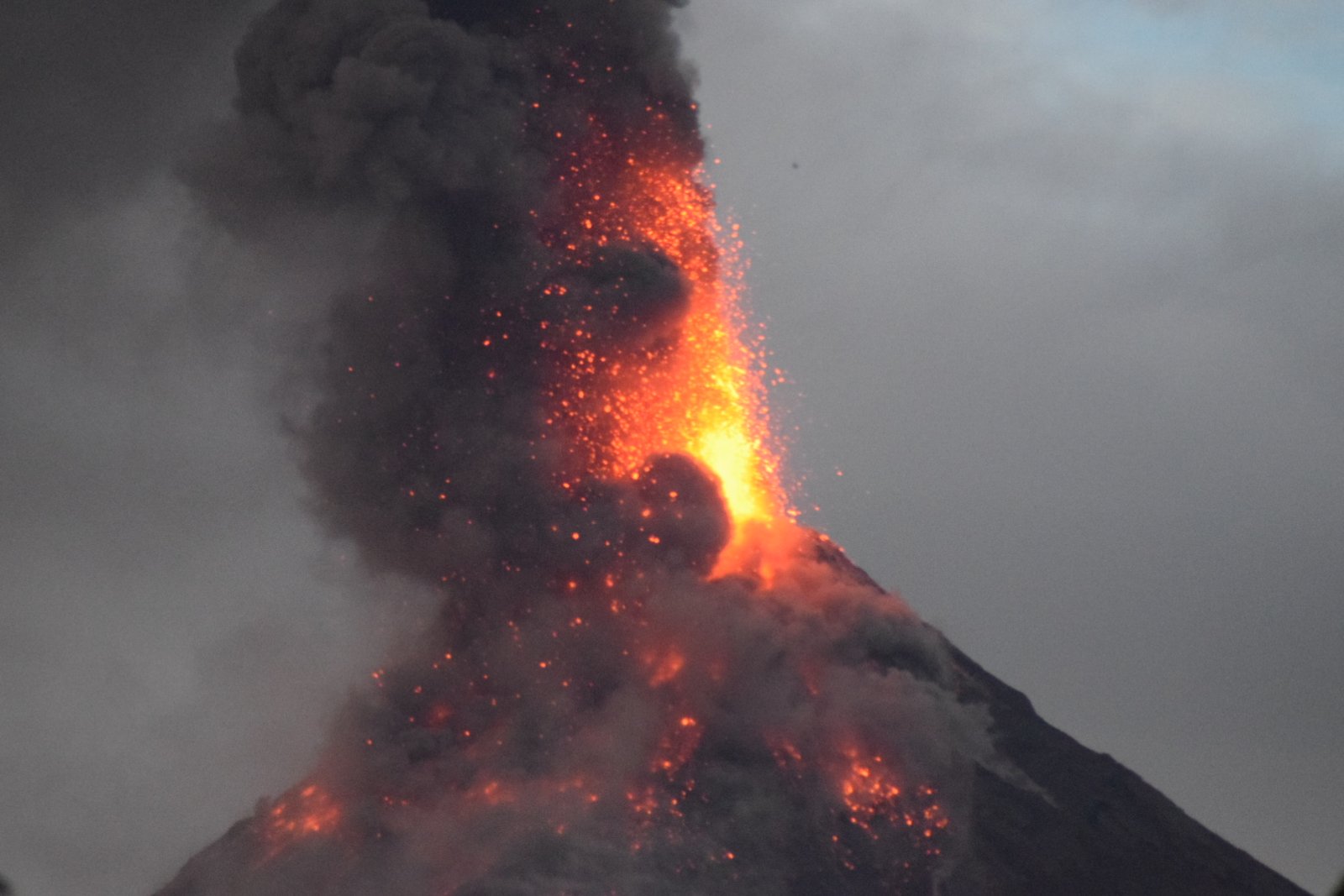
Understanding the Potential Threat: Unveiling the Science and Impact of Volcanic Eruptions
Venturing deep into the realms of Earth’s fiery fury, volcanic eruptions have fascinated humanity for centuries. Behind the raw power and mesmerizing beauty lies a force that can unleash chaos and destruction in its wake. As molten rock and ash burst forth from the depths of the Earth, the impact on both the surrounding environment and human settlements can be catastrophic. In this section, we will delve into the realm of volcanology, unraveling the mysterious science behind volcanic eruptions and exploring the profound consequences they can hold.
The Inner Workings: Beneath our seemingly tranquil landscapes, tectonic plates collide and interact, giving rise to volcanic activity. Volcanologists study the intricate mechanisms at play that trigger these awe-inspiring events. From the movement of magma chambers to the build-up of pressure, their expertise allows us to decipher the subtle warning signs that may precede a volcanic eruption. Understanding the inner workings of volcanoes helps us anticipate and mitigate the potential hazards they offer.
The Impact Zone: When a volcano awakens, a series of cascading events unfurls, resulting in a wide range of consequences that can reverberate across vast distances. These impacts include the immediate threat of ash clouds blanketing the sky, poisonous gases engulfing the air, and pyroclastic flows racing down mountainsides. The aftermath of eruptions also shapes the landscape, leaving behind newly formed islands, altered coastlines, or even a devastated region buried under layers of ash. We will explore the varied and far-reaching impacts, shedding light on the lasting effects that volcanic eruptions can have on both the natural environment and human lives.
- Volcanic eruptions can cause temporary disruptions to air travel, leading to flight cancellations and reroutings.
- Lava flows can damage infrastructure, homes, and agriculture in the vicinity of the eruption.
- Volcanic ash can pose health risks to humans and animals, impacting respiratory systems and causing ash-related diseases.
Join us as we embark on an educational journey through the captivating world of volcanic eruptions. Brace yourself for a voyage where nature’s incredible power is on full display, and we uncover the secrets that lie beneath these breathtaking natural phenomena.

Strategizing Survival: Proactive Measures for Preparing for an Impending Volcanic Eruption
Picture a stunning landscape dominated by a dormant volcano. Its majestic presence is a constant reminder of the raw power of nature. However, beneath its seemingly calm exterior lies the potential for chaos and destruction. In the face of an impending volcanic eruption, it is imperative to take proactive measures to safeguard lives and mitigate the impact on communities.
1. Stay informed: Knowledge is the key to survival. Keep yourself updated with the latest information about the volcanic activity from reliable sources such as local authorities and volcanic monitoring agencies. Stay tuned to radio broadcasts, TV bulletins, and official websites for alerts and evacuation notices.
2. Create an emergency plan: Prepare for the worst-case scenario by developing a comprehensive emergency plan for yourself and your family. Identify evacuation routes, safe meeting points, and designate a “communication hub” to ensure everyone can stay connected during the chaos. Assign specific roles to family members, including a designated person responsible for pets or vulnerable individuals.
3. Assemble an emergency kit: Pack a well-stocked emergency kit with essential supplies. Include items such as non-perishable food, bottles of water, a first aid kit, flashlights, batteries, a battery-powered radio, blankets, sturdy shoes, and a whistle. Don’t forget to include any necessary medications or specific items for infants, the elderly, or individuals with special needs.
Emergency Preparedness: Essential Guidelines for Creating a Volcano Eruption Response Plan
When it comes to natural disasters, few events can be as devastating and unpredictable as a volcano eruption. To ensure the safety and well-being of your community, it is essential to have a well-prepared response plan in place. Here are some important guidelines to consider:
- Assess the Risk: Before creating a response plan, conduct a thorough assessment of the potential hazards posed by local volcanoes. Understand the likelihood of an eruption and its potential impact on your area. Collaborate with geological experts and local authorities to gather relevant information.
- Establish Communication Channels: Effective communication is crucial during an eruption. Designate official channels, such as emergency hotlines or social media accounts, to disseminate important updates and advisories. Ensure that contact information for emergency response teams, evacuation centers, and relevant agencies is readily available and widely circulated among the affected population.
- Create Evacuation Strategies: Develop a detailed evacuation plan for areas at high risk of volcanic activity. Identify safe zones, establish evacuation routes, and establish procedures for evacuating individuals with mobility issues or special needs. Regularly rehearse evacuation drills to familiarize the community with the plan and improve response time during an actual eruption.
- Prepare Emergency Supplies: Stockpile essential emergency supplies, including non-perishable food, water, first aid kits, blankets, and any necessary medical equipment. Create a comprehensive list of supplies and distribute it among community members to encourage individual preparedness.
Remember, a well-crafted volcano eruption response plan not only saves lives but also instills a sense of collective security within the community. Stay alert, remain proactive, and always prioritize the safety and well-being of everyone affected by the potential impact of volcanic activity.
Staying Safe amidst Chaos: Precautionary Measures for Individuals and Communities During a Volcanic Eruption
When nature unleashes its fury in the form of a volcanic eruption, it’s essential to be prepared and stay safe. Here are some precautionary measures that individuals and communities should take to minimize the risks:
- Stay informed and monitor official announcements: Regularly check local authorities, meteorological agencies, and news sources for updates on the volcanic activity in your area. Be aware of evacuation procedures and any warnings issued.
- Create an emergency plan: Develop a detailed plan for your household or community, including evacuation routes, meeting points, and how to communicate during emergencies. Ensure everyone knows the plan and their assigned roles.
- Prepare an emergency kit: Assemble a well-stocked kit with essential supplies like non-perishable food, drinking water, flashlights, batteries, first aid supplies, and protective masks. Include important documents, cash, and medication as well.
- Protect yourself from volcanic ash: If ashfall is expected, stay indoors and seal all windows and doors. Use wet towels or masks to cover your nose and mouth when venturing outside. Avoid driving as volcanic ash can cause poor visibility and damage vehicle engines.
- Follow evacuation orders: If instructed to evacuate, leave immediately and follow the designated routes. Carry your emergency kit and be aware of other people, especially the elderly, disabled, or those who may need assistance.
- Stay away from high-risk zones: Respect defined exclusion zones established by authorities. These areas are usually closer to the volcano, where the risk of lava flows, pyroclastic flows, or lahars (mudflows) is greatest.
- Support one another: In times of crisis, it’s crucial to offer support and assistance to your neighbors and community. Share information, help those in need, and stay connected to ensure everyone’s safety.
By taking these precautionary measures, we can navigate through the chaos of a volcanic eruption with better safety and preparedness, protecting ourselves and our communities.
Q&A
What is a volcanic eruption?
A volcanic eruption is a natural disaster caused by the release of magma, gas, and other materials from a volcano. It can result in the formation of ash clouds, lava flows, and pyroclastic flows, presenting significant risks to surrounding areas.
What are the signs that a volcanic eruption might occur?
There are several signs that can indicate an impending volcanic eruption, such as increased seismic activity, ground deformation, gas emissions, and changes in the shape or size of the volcano. Monitoring these indicators can help authorities issue warnings and evacuate people in danger zones.
How can I prepare for a volcanic eruption?
To prepare for a volcanic eruption, it is crucial to stay informed about the latest updates from local authorities, especially if you live near an active volcano. Create an emergency kit with essential supplies, develop an evacuation plan, and familiarize yourself with evacuation routes. Additionally, consider purchasing volcano insurance if you live in a high-risk area.
What should I include in my volcanic eruption emergency kit?
Your emergency kit for a volcanic eruption should include items like non-perishable food, water, a battery-powered radio, flashlight, spare batteries, a first aid kit, dust masks, goggles, and a whistle. Also, ensure you have important documents, cash, and any necessary medication easily accessible.
What precautions should I take during a volcanic eruption?
During a volcanic eruption, it is crucial to follow the instructions and alerts provided by authorities. Stay indoors and close all windows and doors to minimize exposure to ash and volcanic gases. If you must go outside, wear protective clothing, cover your nose and mouth with a mask or cloth, and avoid driving in ashfall as it can severely damage your vehicle.
Where should I go if I need to evacuate due to a volcanic eruption?
When evacuation orders are issued, follow the designated routes to reach the nearest emergency shelter or evacuation center. Alternatively, if it is safe to do so, stay with family or friends in a non-vulnerable area. Remember to bring your emergency kit and essential documents with you.
How long do volcanic eruptions typically last?
The duration of volcanic eruptions can vary significantly depending on the specific volcano and the type of eruption. Some eruptions may last only a few minutes, while others can go on for months or even years. It is essential to stay updated with information from authorities to understand the ongoing situation.
The Conclusion
As we wrap up this guide on preparing for a volcanic eruption, we hope you have gained a deeper understanding of the immense power and unpredictable nature of these geological phenomena. While it may be unsettling to think about the possibility of a volcanic eruption in your area, it is essential to acknowledge these risks and take proactive measures to safeguard your well-being.
Remember, staying informed is crucial. Keep a close eye on local geological monitoring agencies and heed their warnings and recommendations. Familiarize yourself with evacuation routes and emergency shelters in your community, so you are prepared to act swiftly if necessary. Taking the time to create an emergency plan with your family and communicating it clearly can make all the difference in times of crisis.
In the face of volcanic eruptions, there is also room to find resilience and strength within communities. Consider joining local disaster response teams or volunteer organizations to lend a helping hand to those affected. By pooling our collective knowledge, resources, and compassion, we can provide crucial aid to those who need it most and rebuild shattered lives in the aftermath.
Lastly, as you ponder the immense forces shaping our Earth, remember the awe-inspiring nature of volcanic activity. Volcanoes, although capable of great devastation, remind us of the incredible dynamism and beauty of our planet. Promethean in their nature, they shape landscapes, create new land, and leave an indelible mark on our shared history.
With careful planning, vigilance, and a profound respect for the forces of nature, we can navigate the potential hazards posed by volcanic eruptions. By preparing ourselves and our communities, we approach these natural phenomena with both practicality and wonder. Stay safe, stay informed, and embrace the power of preparedness.
As an affiliate, my content may feature links to products I personally use and recommend. By taking action, like subscribing or making a purchase, you’ll be supporting my work and fueling my taco cravings at the same time. Win-win, right?
Want to read more? Check out our Affiliate Disclosure page.

